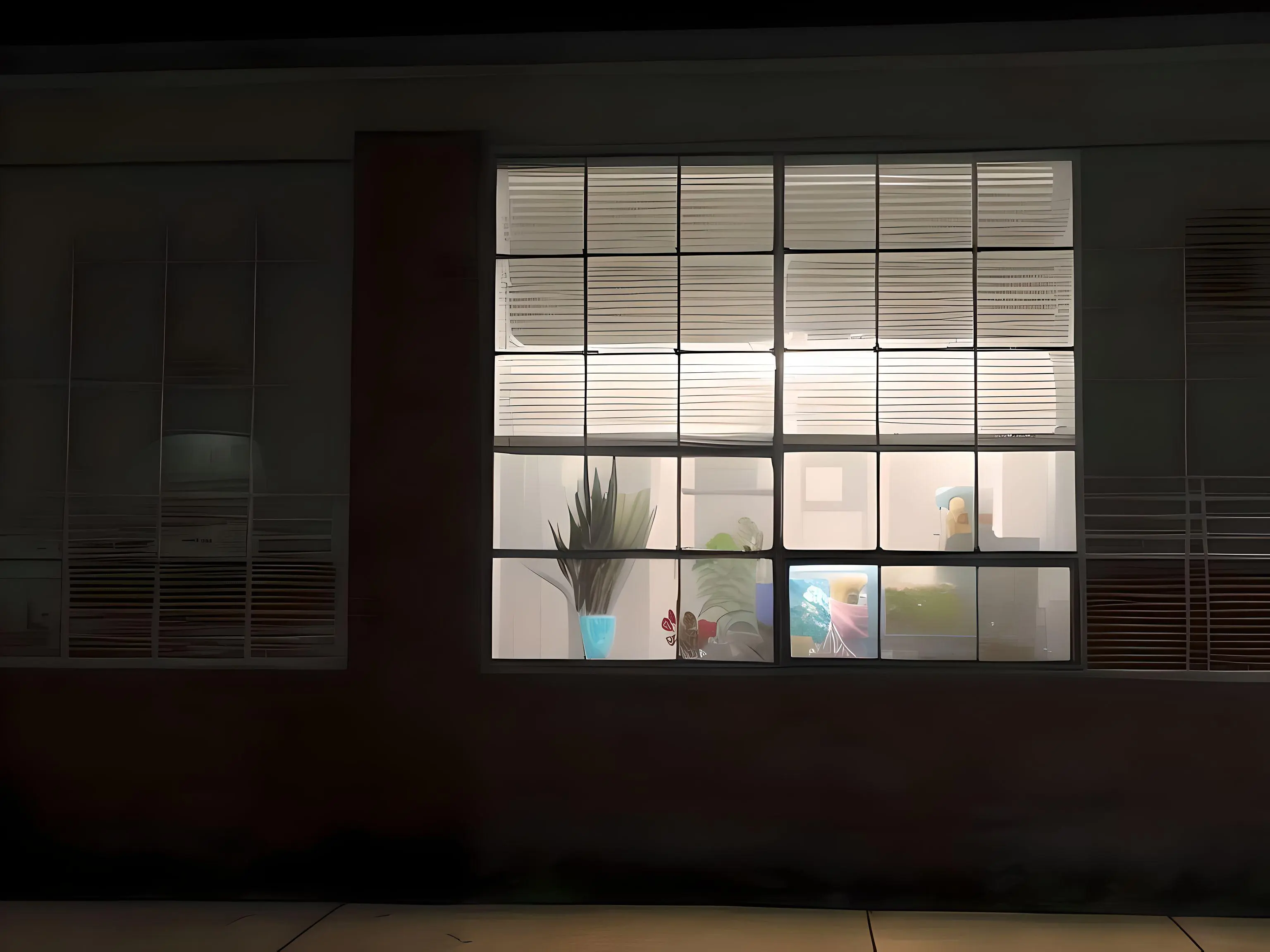- cross-posted to:
- [email protected]
- cross-posted to:
- [email protected]
“We developed a deep neural network that maps the phase and amplitude of WiFi signals to UV coordinates within 24 human regions. The results of the study reveal that our model can estimate the dense pose of multiple subjects, with comparable performance to image-based approaches, by utilizing WiFi signals as the only input.”
Absolutely ludicrous to paint this development as anything but the wet dream of both a burglar and a police state.
Also VR nerds. Current tracking is either based on the headset, so you can’t move your arms unless the headset can see them, or your arms have to be seen by lighthouses, or you rely purely on gyroscope and accelerometers for tracking, which tend to drift. So either you have blind spots, have to deal with occlusion, or will slowly drift and have to recalibrate periodically. Wifi-based tracking seems like a neat idea tbh.
Edit: considering wifi is just photons that aren’t wiggling fast enough for us to see, I’d be surprised if the government doesn’t already have this technology behind closed doors.
I mean you can look through my walls if you want, but don’t come crying to me if you don’t like what you see.
(I’m painting fantasy miniatures. They’re for a friend.)
Lead paint coming back into fashion.
paint myself in lead paint to become invisible. got it. /s
Which leads to the obvious question: how long has the military been able to do this?
Lets hope the government is transparent about its use of this technology.
All the information you want to know is available at: REDACTED
Article is from a year ago. Government tends to be ahead of the curve. As an uninformed guess, they have been using it in high value situations for 4+ years.
(Dear FBI, the above is a guess based on public information. I don’t know shit.)
Israel has been using a similar system since at least 2022:
https://petapixel.com/2022/06/29/the-xaver-1000-sees-through-walls-and-is-made-for-the-israeli-army/
It’s pretty likely that they have shared this system with their closest allies, similar to how the Trophy missile defense system found its way onto German and American tanks.
By the way, those throwable cameras mentioned at the end of the article have been available to the IDF since 2005.
Umm, article from Jan 19, 2023. I remember seeing it then. Is there anything new on this?
The paper: [Submitted on 31 Dec 2022] - I’m not sure if it’s out of prepublication yet.
DensePose From WiFi - https://arxiv.org/abs/2301.00250Here’s another tidbit from July 2, 2023 DensePose from WiFi - See through the walls. - https://www.linkedin.com/pulse/densepose-from-wifi-see-through-walls-alejandro-fernández
And another from July 25, 2023 Revolutionary Applications of DensePose From WiFi: Enhancing Corporate Security and Empowering Military Tactical Teams - https://www.linkedin.com/pulse/revolutionary-applications-densepose-from-wifi-enhancing-zack-hamm
Here’s a video summary of the paper I thought did a good job too from two minute papers.
Time to plaster your outer walls with fine wire mesh.
Henceforth, the building code shall make mandatory that every room be perfectly grounded Faraday cages (/s).
Still, imagine lethal drones integrated with that technology (of course, they already have infrared, maybe even some adequate wavelength of X-rays).
Nevertheless, pretty cool to see how far we can take preexisting technology with the help of some deep learning layers.
Here’s what they’re putting in the goggles that Infantrymen wear now.
I don’t care to guess what the drones are packing.
What we know about drones is that they have cameras that can discern individuals from 10 km altitude.
What we suspect is that US has Hubble-sized spy satellites that can do almost the same. There were a lot of classified military STS missions.
What is theoretically possible is that US drones and spy sats can function as very large arrays (we do this with astronomical telescopes already) to dramatically increase spatial resolution.
Oh I wonder if that’s how the Pic was taken that trump tweeted out of that rocket launch site, people didn’t think it was physically possible for a satellite to have that resolution
It all comes down to the size of the mirror/lense—the bigger, the better. Up to a point. The biggest problem is air currents and different air densities refracting light and distorting the image. That’s what these laser beams are for on photos taken of astronomical observatories—they give reference light spot that can be used to calibrate adaptive optics to current atmospheric conditions reducing distortion.
The reason this is good for privacy is because we don’t need a new smart device to send other (like video) data away for heavy processing in the cloud.
We might instead be able to just update wifi routers to create local functionality.
Then it will depend on the router and the user configuration what actually happens with that data.
The user can have full local control…. Except neighbours wifi could be spying and so could someone with a wifi device in a car. But if putting a faraday cage around peoples exterior walls (combined with an underground physical cable to an internal extender for phone and roaming while insid) becomes a thing then it looks it could be a great system theoretically.
Gotta wait to see how it might look in practice though.
Y’all, just because you can, doesn’t mean you should.
No one else getting batman : the dark knight vibes ?
Doesn’t this mean the matrix film was right with their visualization (regardless of orientation)?
Wait, I thought this was a crackpot conspiracy thing?
I wonder if it’s real time?











